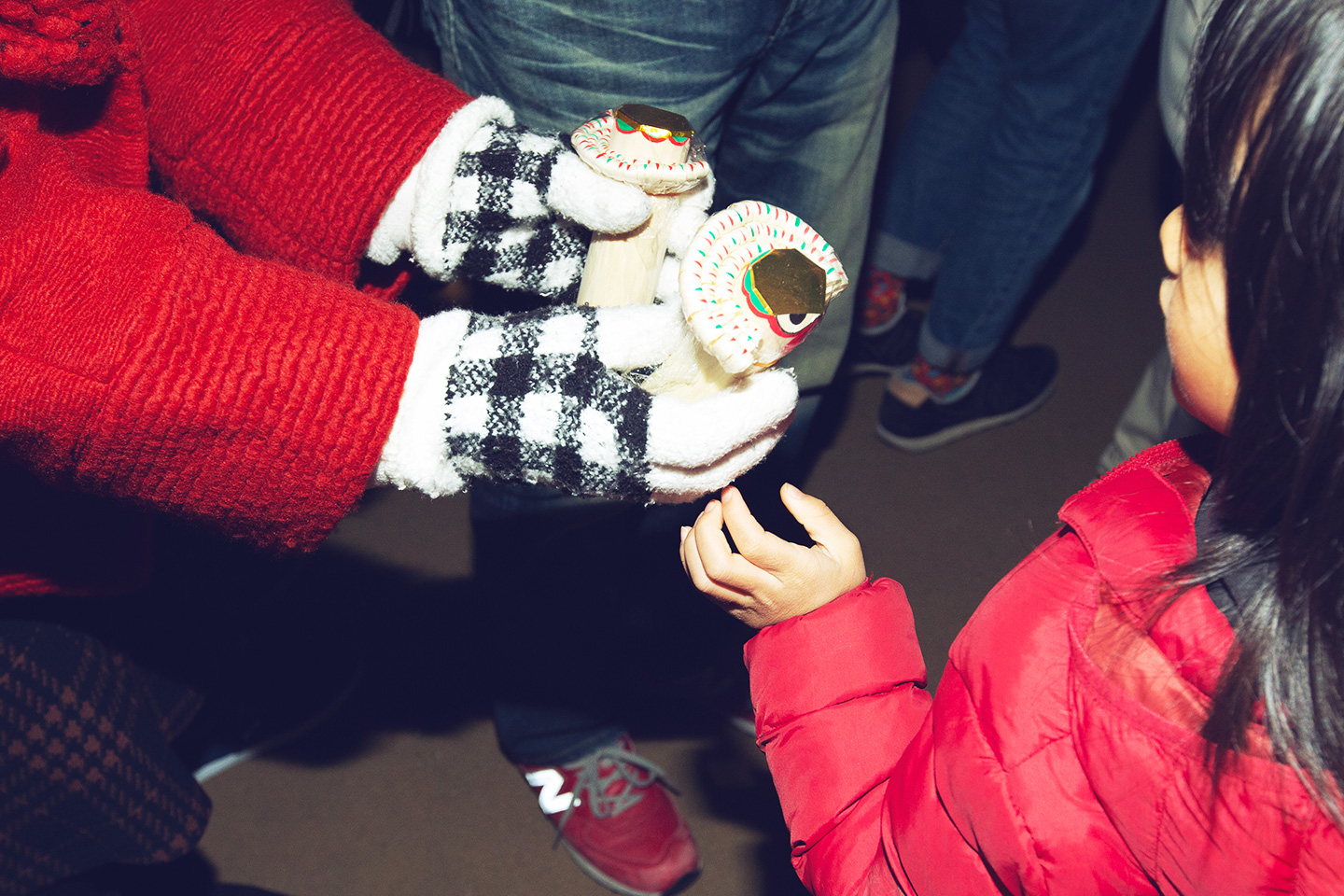Uso Kae (鷽替)
Jan. 12th, 2025 09:36 amSayuri Sasai is a Japanese artist who draws attractive, informative comics about daily life in Edo Period (1600–1868) Japan and shares them on Instagram.
The other day, she shared about a ceremony that originated in the Edo Period, Uso Kae--Bullfinch exchange. (Here's a link to the original post, but below are screenshots of the images for those of you who can't access Instagram.)
Uso (Eurasian bullfinch, but in Japan it's the grey-bellied subspecies, with just a touch of rosiness on its throat instead of all down its breast the way you get in, for example, the UK) are special messengers of the god Tenjin, otherwise known as Sugawara no Michizane (845–903), a scholar, poet, and politician who ended up dying in exile due to political machinations. When plague and drought struck the capital, people attributed it to his vengeful spirit, and to appease him, they built a shrine to him and eventually deified him. As Tenjin, he's nowadays a patron of scholarship. (More on Michizane, including some of his poems, here at his Wikipedia page.)
uso (Pyrrhula pyrrhula, subspecies griseiventris)

In Japanese, the word "uso" (written with a different character) also means "lie" (as in, something spoken to deceive). Michizane, however, was known for his uprightness and honesty. In the uso-kae ceremony, people carve a stylized uso and bring it to a Tenjin shrine, where they exchange it with other attendees. By doing this, you "exchange your untruths for the blessings of the deity," says the English-language page at the website of the Tenjin shrine in Dazaifu, where Michizane died in exile. (Read more here.)
Here's Sayuri Sasai's portrayal of uso-kae in the Edo period:

And here she shows details of the carved uso:

And **here** is one that one of my daughters in Japan just made ^_^

Here, from the Dazai shrine, is a photo of a child receiving an uso:

What a wonderful ceremony!
The other day, she shared about a ceremony that originated in the Edo Period, Uso Kae--Bullfinch exchange. (Here's a link to the original post, but below are screenshots of the images for those of you who can't access Instagram.)
Uso (Eurasian bullfinch, but in Japan it's the grey-bellied subspecies, with just a touch of rosiness on its throat instead of all down its breast the way you get in, for example, the UK) are special messengers of the god Tenjin, otherwise known as Sugawara no Michizane (845–903), a scholar, poet, and politician who ended up dying in exile due to political machinations. When plague and drought struck the capital, people attributed it to his vengeful spirit, and to appease him, they built a shrine to him and eventually deified him. As Tenjin, he's nowadays a patron of scholarship. (More on Michizane, including some of his poems, here at his Wikipedia page.)
uso (Pyrrhula pyrrhula, subspecies griseiventris)

In Japanese, the word "uso" (written with a different character) also means "lie" (as in, something spoken to deceive). Michizane, however, was known for his uprightness and honesty. In the uso-kae ceremony, people carve a stylized uso and bring it to a Tenjin shrine, where they exchange it with other attendees. By doing this, you "exchange your untruths for the blessings of the deity," says the English-language page at the website of the Tenjin shrine in Dazaifu, where Michizane died in exile. (Read more here.)
Here's Sayuri Sasai's portrayal of uso-kae in the Edo period:

And here she shows details of the carved uso:

And **here** is one that one of my daughters in Japan just made ^_^

Here, from the Dazai shrine, is a photo of a child receiving an uso:

What a wonderful ceremony!
no subject
Date: 2025-01-12 03:36 pm (UTC)no subject
Date: 2025-01-12 11:06 pm (UTC)no subject
Date: 2025-01-12 03:49 pm (UTC)no subject
Date: 2025-01-12 11:06 pm (UTC)no subject
Date: 2025-01-12 03:54 pm (UTC)no subject
Date: 2025-01-12 11:07 pm (UTC)no subject
Date: 2025-01-13 12:04 am (UTC)no subject
Date: 2025-01-13 01:36 am (UTC)no subject
Date: 2025-01-12 04:47 pm (UTC)The uso look like whistles, a bit.
no subject
Date: 2025-01-12 11:09 pm (UTC)I've started learning Mandarin on duolingo, and I feel the same way re: the characters. Every time there's one that's the same, it gives me an advantage--and every time the simplification is different from the Japanese simplification (or cases where the Japanese uses an unsimplified character), I'm stuck!
no subject
Date: 2025-01-13 12:44 am (UTC)no subject
Date: 2025-01-12 05:19 pm (UTC)This is so very beautiful!
no subject
Date: 2025-01-12 11:10 pm (UTC)no subject
Date: 2025-01-12 05:49 pm (UTC)Aw!
no subject
Date: 2025-01-12 11:11 pm (UTC)no subject
Date: 2025-01-12 06:49 pm (UTC)no subject
Date: 2025-01-12 11:11 pm (UTC)no subject
Date: 2025-01-13 10:25 am (UTC)no subject
Date: 2025-01-13 12:49 pm (UTC)I do like what we do have here, a mix of all the traditions people have brought with them when they came. But those aren't shared by everyone, such that everyone knows them without even noticing they know them. They're things that have been carefully carried here, not things that seem to have seeped upward out of the ground through capillary action (except, see above, for the traditions the later comers tried so hard to eliminate).
no subject
Date: 2025-01-16 11:47 pm (UTC)no subject
Date: 2025-01-17 01:05 am (UTC)no subject
Date: 2025-01-17 01:49 am (UTC)no subject
Date: 2025-01-17 03:43 am (UTC)